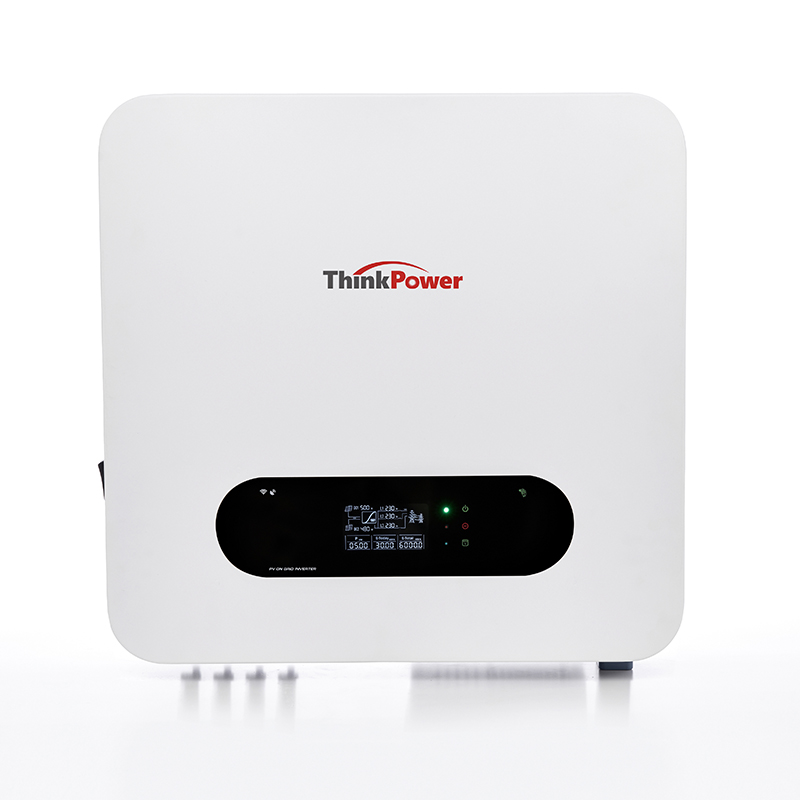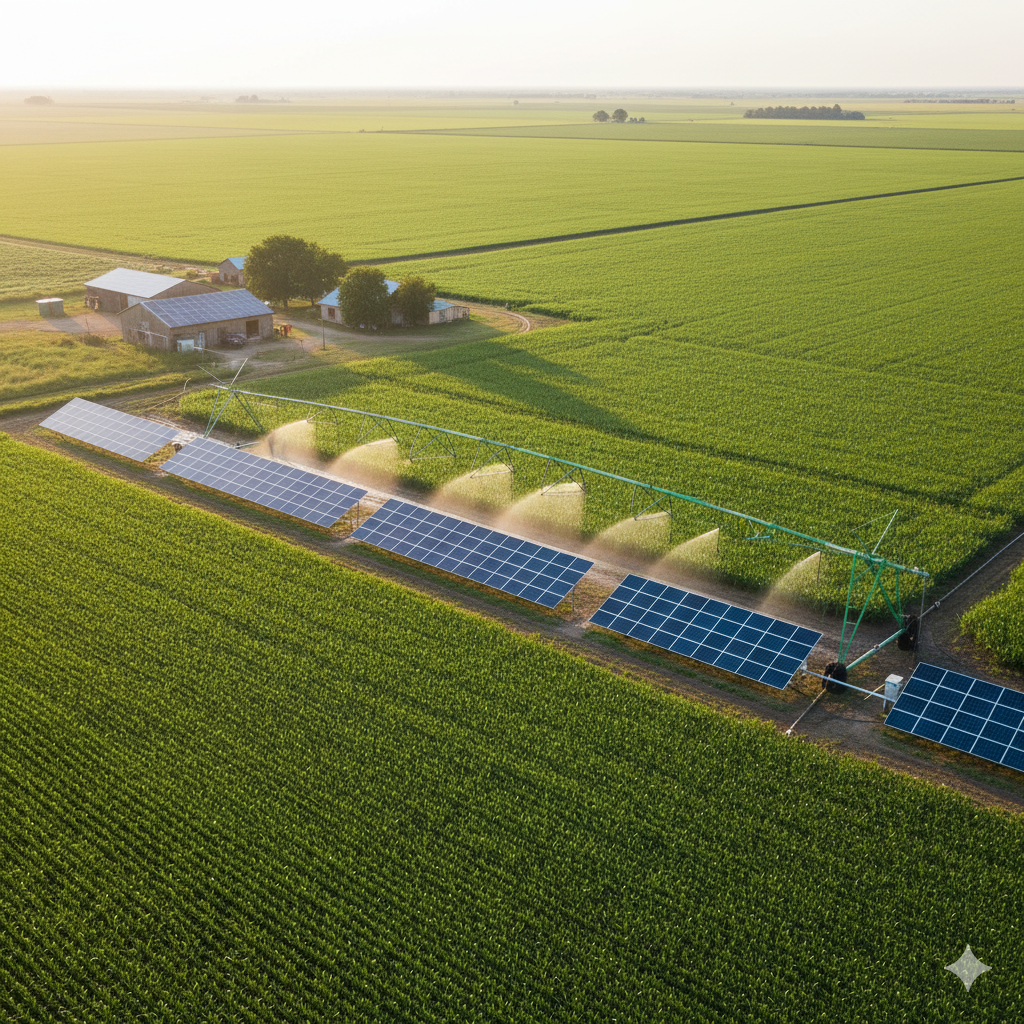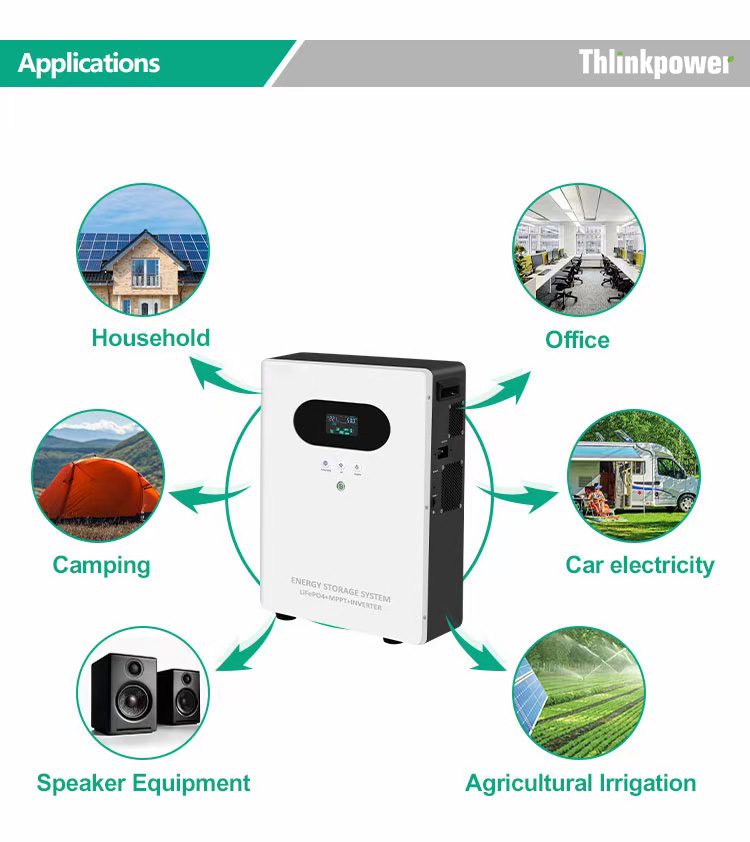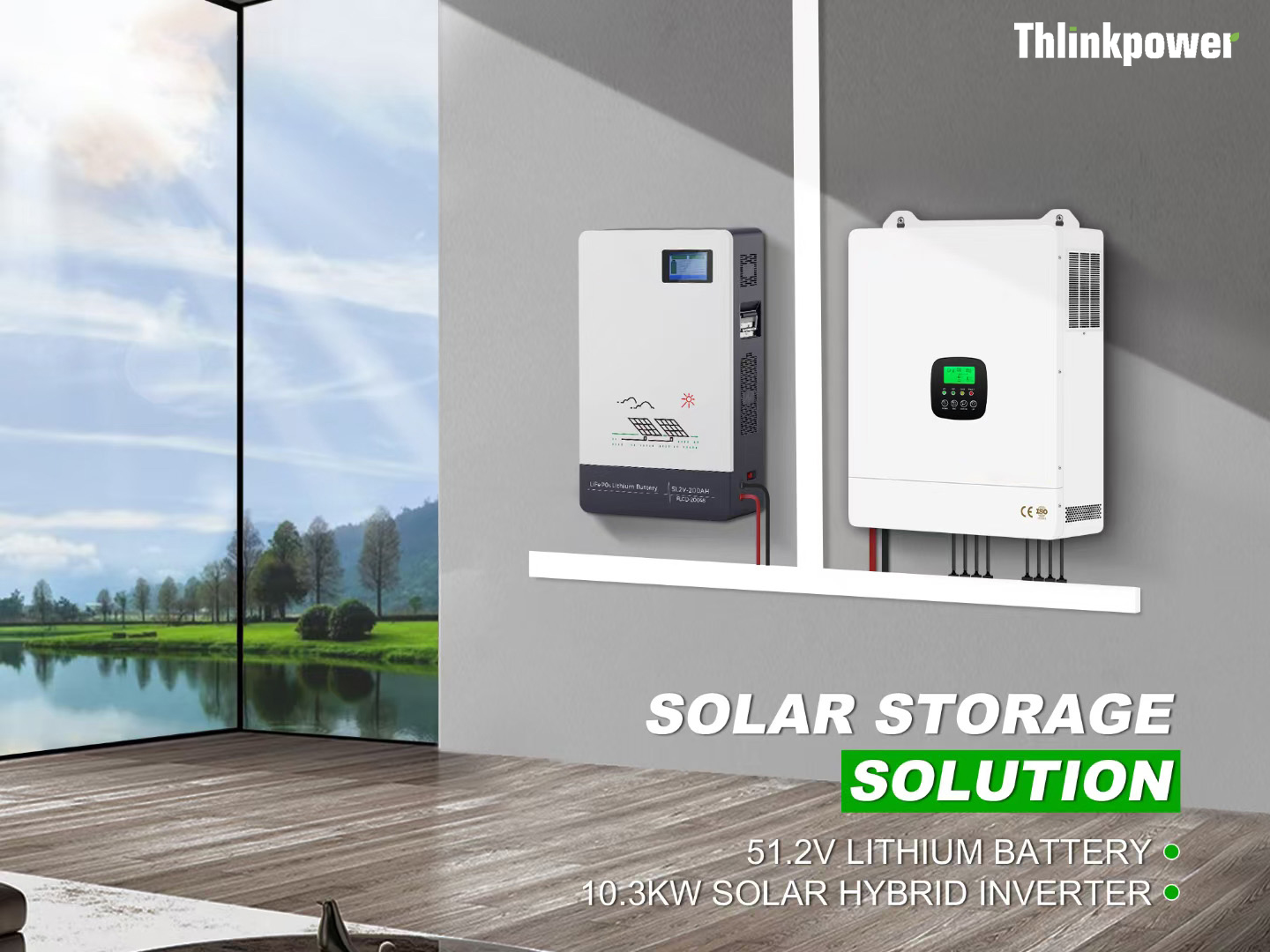
Power inverters are incredibly useful devices, converting DC power from batteries into AC power for our everyday appliances. However, with this convenience comes a significant responsibility. Prioritizing inverter safety from the moment of purchase through its entire operational life is non-negotiable to prevent accidents, electrical shocks, and fires. These devices handle substantial amounts of electrical energy, and underestimating the risks can have severe consequences. Understanding the fundamental safety precautions for inverters is the first step toward safe and reliable use.
Crucial Steps for Inverter Installation Safety
The foundation of a secure setup begins with proper installation. Adhering to strict inverter installation safety guidelines is paramount. Firstly, choose the right location. The inverter should be placed in a cool, dry, and well-ventilated area. Never install it in a sealed container or a compartment with flammable materials like gasoline, as the unit generates heat and may produce sparks. Ensure there is at least several inches of clearance around the inverter's ventilation fans to allow for adequate airflow and prevent overheating. Furthermore, use the correct gauge of battery cables. Undersized cables can overheat, melt, and become a significant fire risk. Always ensure all electrical connections are tight and secure, as loose connections can cause arcing and heat buildup.
Mitigating Electrical and Fire Hazards
Two of the most serious risks are electrical shock and fire. Proper inverter electrical safety awareness is critical because an inverter deals with both high-current DC electricity from the batteries and lethal AC voltage at its output. Always treat all wiring as live until you have confirmed it is de-energized. Never touch the terminals with wet hands or when standing in water. To prevent potential inverter fire hazards, it is essential not to overload the unit. Check the continuous and peak power ratings of your inverter and ensure they exceed the total wattage of the appliances you intend to run simultaneously. Installing appropriate fuses or circuit breakers on the DC side is a crucial safety measure that protects against overcurrent situations that could otherwise lead to a fire.
Best Practices for Inverter Maintenance Safety
Ongoing vigilance is key to long-term safety. A regular schedule for inverter maintenance safety checks can prevent problems before they escalate. Before performing any maintenance, completely disconnect the inverter from both the battery bank (DC input) and any AC loads. This eliminates the risk of electric shock. Periodically, inspect the unit for any dust or debris blocking the cooling fans or vents and clean them gently with a soft brush or compressed air. Check all wiring and connections to ensure they remain tight and free of corrosion. A loose connection can generate significant heat and poses a serious risk. This simple but effective routine ensures the inverter operates efficiently and safely throughout its lifespan.
Adhering to Safety Standards and General Precautions
When purchasing an inverter, always look for products that comply with recognized inverter safety standards, such as UL (Underwriters Laboratories) or CE (Conformité Européenne) certifications. These markings indicate that the product has been tested and meets stringent safety requirements for performance and construction. Beyond installation and maintenance, general safety precautions for inverters should become second nature. Keep the inverter away from children, never operate a unit with a damaged case or frayed wires, and avoid connecting it to utility power grids unless it is specifically designed for that purpose (i.e., a grid-tie inverter). By combining a quality, certified product with diligent installation and maintenance, you can confidently and safely enjoy the benefits of portable power.
| Safety Aspect/Precaution | Key Details |
|---|---|
| Compliance with Safety Standards | Look for UL or CE certifications; indicate testing to meet stringent safety requirements for performance and construction. |
| General Safety Practices | Keep inverter away from children; never operate with damaged case/frayed wires; avoid connecting to utility grids unless it is a grid-tie inverter. |
| Overarching Safety Approach | Combine quality certified products with diligent installation/maintenance for safe use of portable power. |

For more information on photovoltaic technology, please visit https://youtu.be/JB56vgBNr6E?si=48ZjW1I9exvg7s-ofor detailed content.



